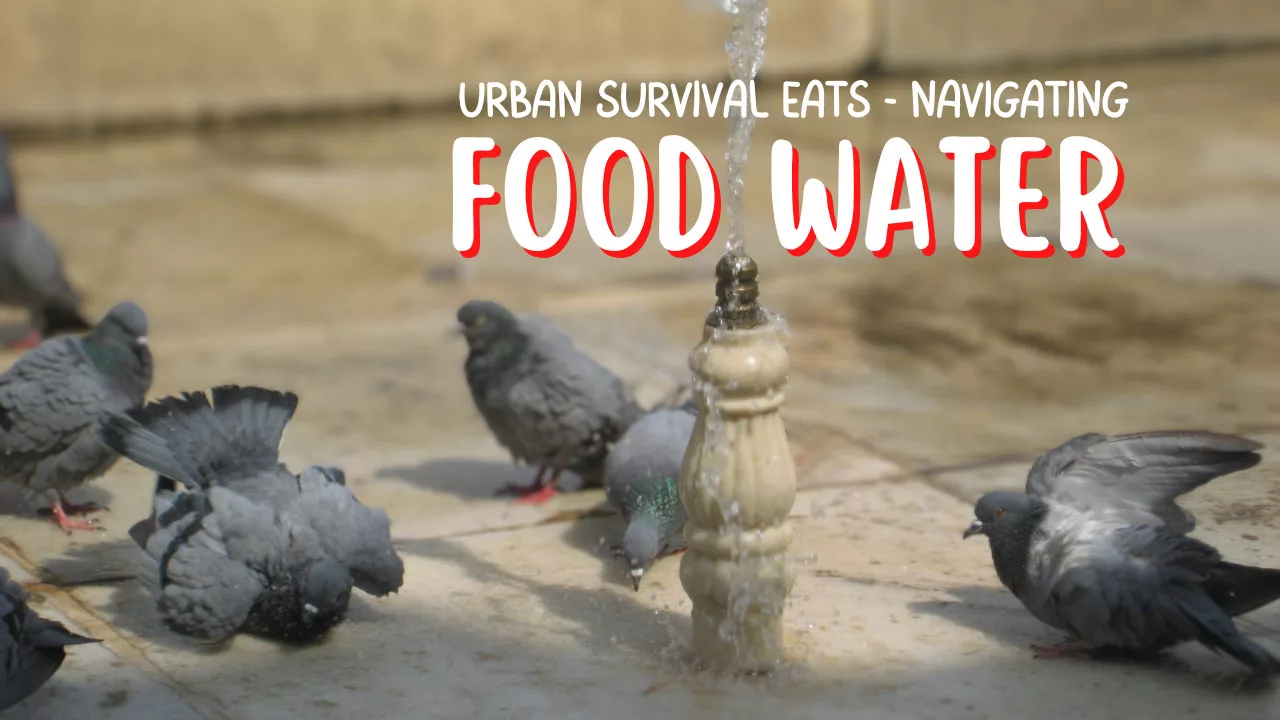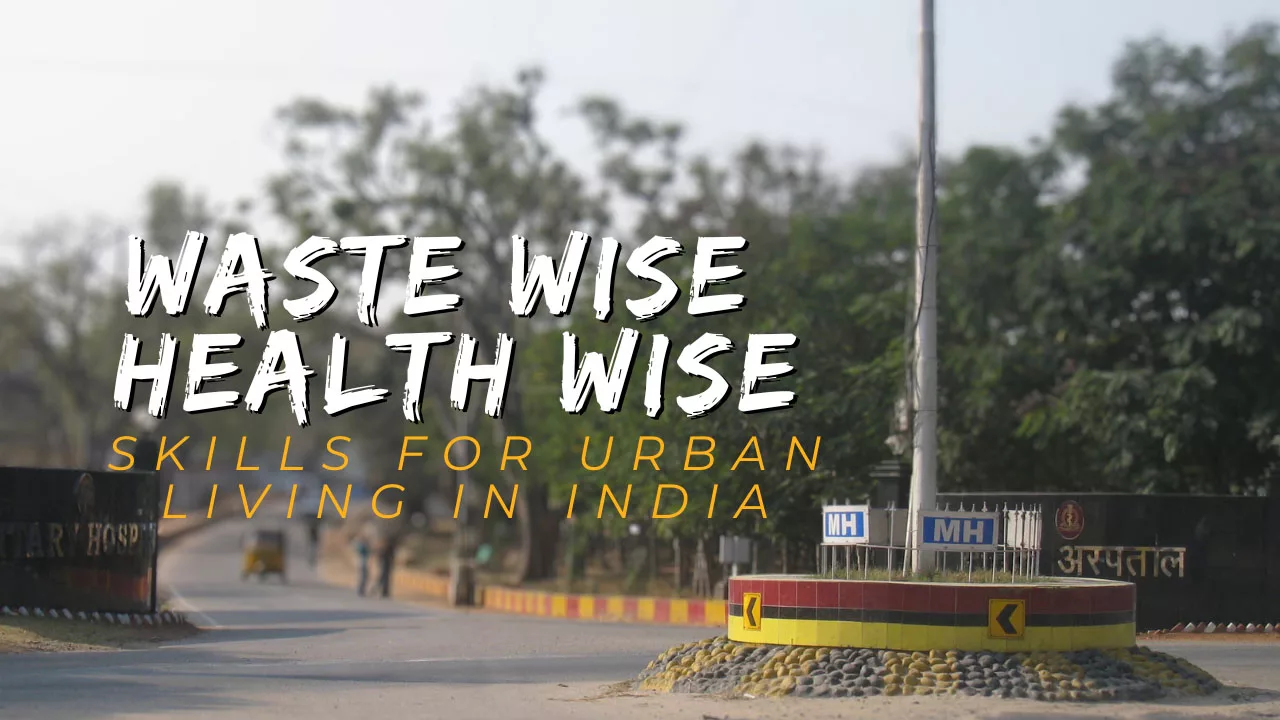Urban Survival Eats: Navigating Food and Water in Indian Cities
Knowledge Base
Module 6: Navigating Food and Water Resources
In this Module, we will focus on essential aspects of obtaining safe food and water resources in urban environments in India. We will talk about how to find safe and sanitary food sources, how to purify water, and how to manage food supplies during an emergency. We will also present particular examples of situations in India to underline the significance of these practices.

Identifying Safe and Hygienic Food Sources:
- Understanding food safety guidelines and regulations in India
- Choosing reputable and clean food establishments (restaurants, street vendors, etc.)
- Checking for proper hygiene practices, such as handwashing and food handling procedures
- Examining food storage conditions, including temperature control and packaging
- Considering popular and well-established food chains that prioritize quality and safety
Example Incident: In 2018, a Food poisoning outbreak at a religious mass gathering occurred in a major Indian city due to unhygienic food handling practices. Several individuals suffered from foodborne illnesses after consuming contaminated food. This incident highlights the importance of being vigilant about food safety when selecting food sources.
Water Purification Techniques:
- Understanding the potential risks associated with tap water in urban areas
- Boiling water to kill pathogens and bacteria
- Utilizing water filters or purifiers to remove impurities
- Chemical disinfection methods (e.g., using water purification tablets)
- Collecting rainwater in clean containers as an alternative source
Example Incident: In 2021, India’s urban water crisis: Cities at risk of running out of water. The incident emphasized the necessity of water purification techniques to ensure safe drinking water during emergencies.
Managing Food Supplies during Emergencies:
- Creating an emergency food supply kit with non-perishable food items
- Rotating and monitoring food supplies to prevent expiration or spoilage
- Stocking up on essential items like canned goods, grains, and dried fruits
- Understanding the shelf life and storage requirements of different food items
- Developing meal plans and portion control strategies to optimize food supplies
Example Incident: During a prolonged monsoon season, flooding occurred in a coastal city, disrupting the supply chain and causing food shortages. Residents who had prepared emergency food supplies were able to sustain themselves until relief efforts were established.
Conclusion:
Module 6 has provided valuable insights into navigating food and water resources in urban environments in India. By identifying safe food sources, employing water purification techniques, and managing food supplies during emergencies, you will enhance your ability to stay nourished and hydrated in challenging situations. The real-life incidents highlighted the importance of these practices and underscored the need for preparedness.
Note: It is important to stay updated on local guidelines and recommendations provided by relevant authorities regarding food safety and water purification techniques in your specific city or region.
Continue to Module 7: Urban Health and Sanitation
